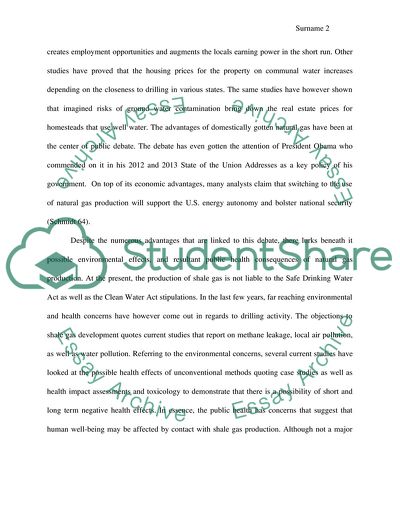Cite this document
(Natural Gas and Its Effects on Humanity Research Paper, n.d.)
Natural Gas and Its Effects on Humanity Research Paper. Retrieved from https://studentshare.org/environmental-studies/1824068-natural-gas
Natural Gas and Its Effects on Humanity Research Paper. Retrieved from https://studentshare.org/environmental-studies/1824068-natural-gas
(Natural Gas and Its Effects on Humanity Research Paper)
Natural Gas and Its Effects on Humanity Research Paper. https://studentshare.org/environmental-studies/1824068-natural-gas.
Natural Gas and Its Effects on Humanity Research Paper. https://studentshare.org/environmental-studies/1824068-natural-gas.
“Natural Gas and Its Effects on Humanity Research Paper”, n.d. https://studentshare.org/environmental-studies/1824068-natural-gas.


